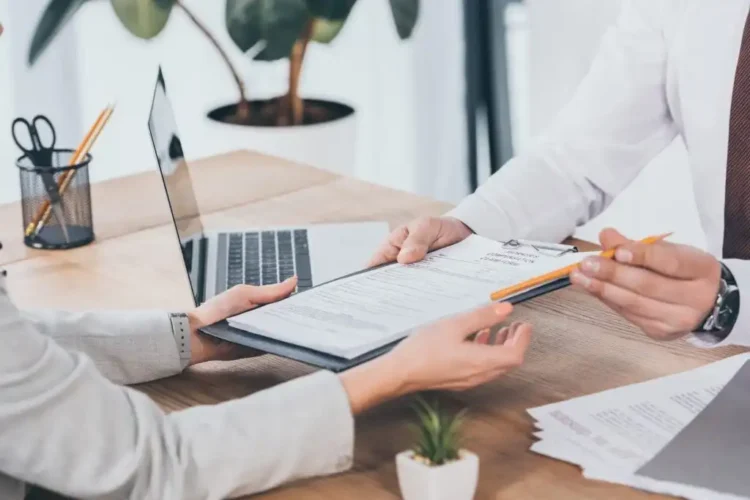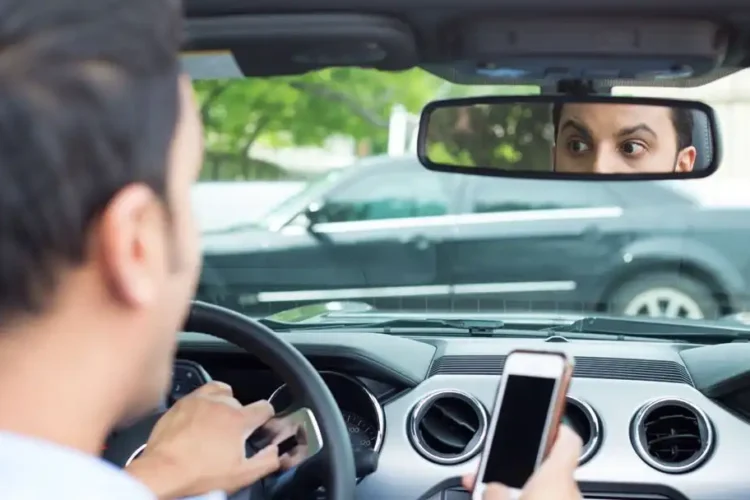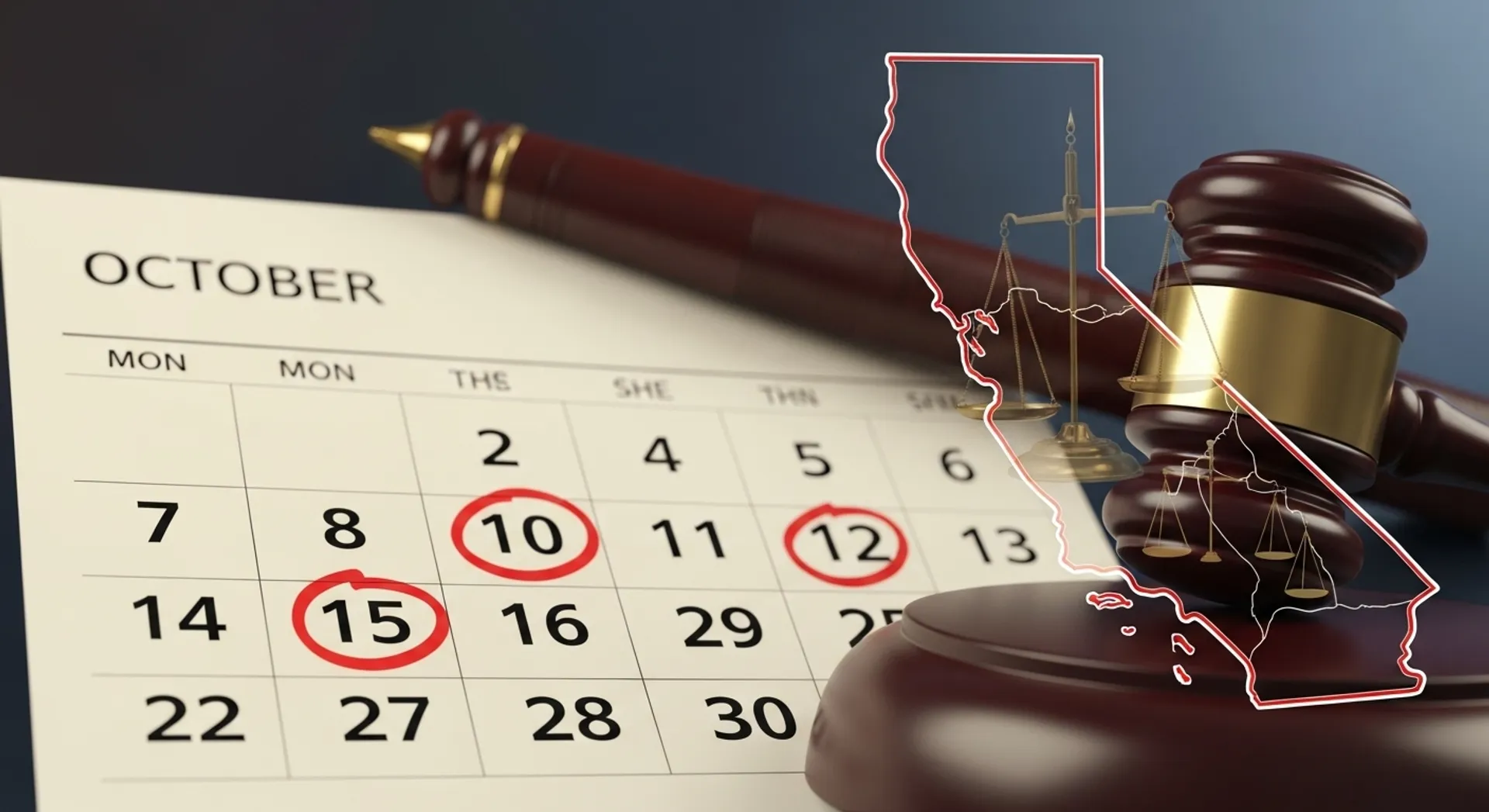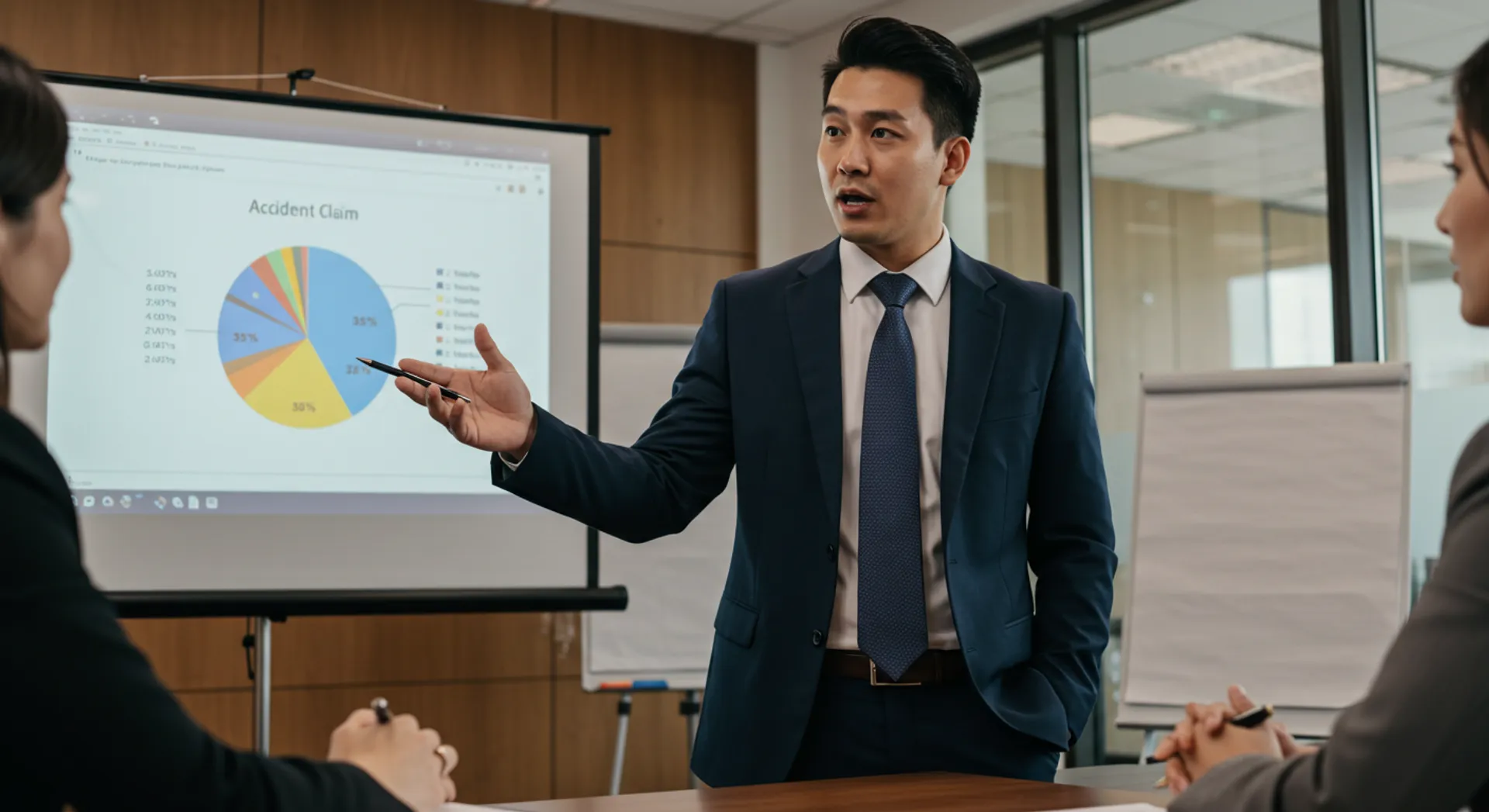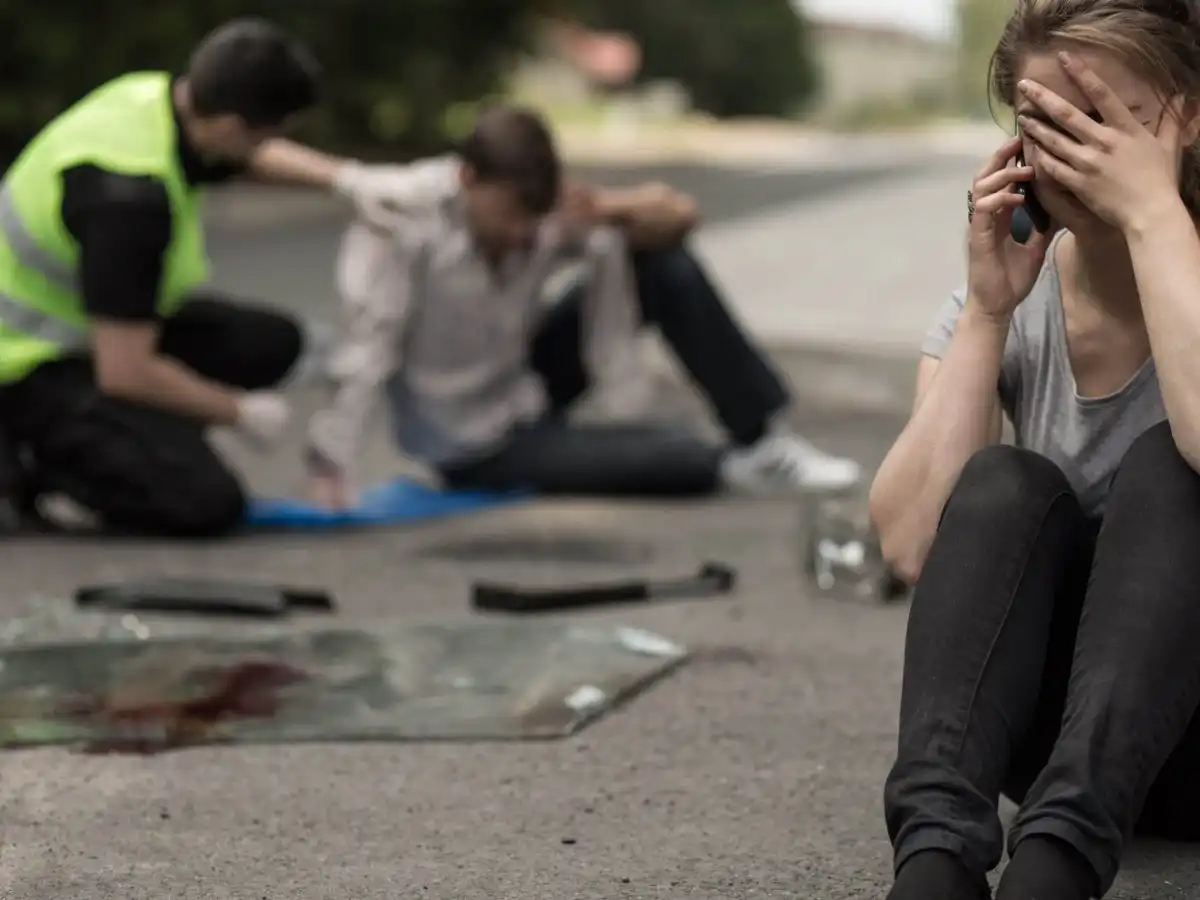
Car accidents can happen in the blink of an eye, leaving you shaken, injured, and unsure of what to do next. It’s crucial to stay calm and take immediate, well-considered actions to protect yourself, your passengers, and your rights. How you handle the aftermath of an accident in Riverside can significantly impact the outcome of your insurance claim or legal case. In this blog, we will walk you through a step-by-step guide on what to do immediately after an accident in Riverside.
1. Check for Injuries and Ensure Safety
Your health and safety are the top priority after any accident. Whether you’re involved in a minor fender-bender or a more severe collision, take a moment to check for injuries—both for yourself and any passengers in your vehicle.
-
Assess Yourself and Others: If you or anyone else is seriously injured, don’t attempt to move unless there’s an immediate danger (e.g., fire). Call 911 immediately for emergency medical assistance.
-
Move to a Safe Area: If you’re able to, move your vehicle to the side of the road to avoid further accidents or congestion. If your car is immobile or unsafe to move, turn on your hazard lights to alert other drivers.
2. Call 911 and Report the Accident
In California, you are required to report an accident to law enforcement if there are injuries or property damage. Even if the accident seems minor, it’s always a good idea to call the police to document the incident.
-
Request an Officer: When calling 911, let them know if there are any injuries, or if there’s any potential hazard (like leaking fuel or debris). The dispatcher will send the necessary emergency services.
-
File a Police Report: A police officer will arrive at the scene to file a report, which is crucial for your insurance claim and any potential legal action. Request a copy of the police report for your records.
3. Exchange Information with the Other Party
It’s important to exchange relevant information with the other driver(s) involved in the accident. Be calm and polite when asking for the necessary details.
-
Essential Information to Exchange:
-
Full names and contact information
-
Insurance policy numbers and the name of their insurance company
-
Vehicle make, model, and license plate number
-
Driver’s license numbers
-
Location of the accident
-
-
Do Not Admit Fault: Even if you think you may have caused the accident, avoid making statements about fault. A moment of admitting fault could hurt your claim later on, especially in California, where fault and negligence are crucial to determining liability.
4. Document the Scene and Gather Evidence
The more information and evidence you can gather at the scene, the stronger your claim will be. Here are some key steps for documenting the accident:
-
Take Photos: Use your phone or camera to take clear pictures of the accident scene, including:
-
Damage to all vehicles involved
-
Road conditions (e.g., potholes, debris, skid marks)
-
Traffic signs, signals, and any relevant landmarks
-
Injuries sustained by yourself or passengers (if visible)
-
-
Get Witness Statements: If there are any witnesses to the accident, politely ask for their contact information and a brief description of what they saw. Independent eyewitnesses can help corroborate your version of events and strengthen your claim.
-
Write Down Details: As soon as possible, write down your version of events while the details are still fresh in your memory. Include the time, location, and any traffic violations or unusual driving behavior you observed from the other driver.
5. Do Not Discuss the Accident with the Other Driver’s Insurance Company
After the accident, you may be contacted by the other driver’s insurance company. It’s important to be cautious in these situations. Insurance companies may try to pressure you into making statements that could affect your claim.
-
Do Not Accept Immediate Offers: The other driver’s insurance company may offer a quick settlement, but don’t accept any offer until you’ve consulted with an attorney. Often, these offers are lower than what you deserve.
-
Refer Them to Your Attorney: If the other driver’s insurance company contacts you, politely inform them that you have legal representation and refer them to your Riverside accident lawyer. This ensures that you don’t inadvertently harm your case.
6. Seek Medical Attention, Even If You Feel Fine
Some injuries, such as whiplash, concussions, or internal injuries, may not show symptoms right away. It’s crucial to seek medical attention immediately after an accident, even if you feel fine. Delaying medical treatment can lead to complications, and it can also hurt your ability to file a claim later on.
-
Get Checked by a Doctor: A healthcare professional will assess you for any injuries that may not be immediately apparent. If you feel any pain or discomfort, make sure to mention it during your medical evaluation.
-
Follow Your Doctor’s Instructions: Keep track of any medical treatments, prescriptions, and follow-up appointments. These records will be vital if you need to file an insurance claim or lawsuit.
7. Contact Your Insurance Company
After the accident, contact your insurance company to report the incident. Provide them with the details of the accident, including the police report, photographs, and witness statements. Your insurance company will guide you through the next steps of filing a claim.
-
Be Honest and Accurate: Provide the information about the accident honestly and accurately. However, do not give any opinions or assumptions about fault.
-
Know Your Coverage: Understand your policy and coverage details, including whether you have uninsured motorist coverage or collision coverage, which could be beneficial if the other driver is at fault or uninsured.
8. Consult With a Riverside Accident Lawyer
Accident claims can be complex, especially when dealing with insurance companies, medical bills, and determining fault. Consulting with an experienced Riverside accident lawyer can ensure that your rights are protected and that you receive fair compensation for your injuries and damages.
-
Why You Need an Attorney: A skilled lawyer can help:
-
Investigate the accident and gather evidence
-
Negotiate with insurance companies
-
File a lawsuit if necessary
-
-
Free Consultation: Many accident lawyers offer free consultations, which means you can get legal advice without any initial financial commitment.
9. Follow Up and Keep Records
As your case progresses, it’s important to follow up with your lawyer, medical providers, and insurance company. Keep detailed records of all your interactions, medical treatments, and any communications with insurance companies.
-
Track Expenses: Keep a record of any out-of-pocket expenses related to the accident, including medical bills, lost wages, and transportation costs.
-
Stay Organized: Having an organized file with all relevant documents can make your case smoother and less stressful.
Conclusion
The moments after a car accident can be overwhelming, but staying calm and following these steps will ensure that you are protecting your health, your rights, and your financial well-being. By documenting the scene, gathering witness information, and consulting with an experienced Riverside accident lawyer, you can set yourself up for a successful claim or lawsuit.
If you’ve been in an accident in Riverside, don’t hesitate to reach out to a trusted auto accident attorney to discuss your case. They can guide you through the legal process and help you obtain the compensation you deserve.


